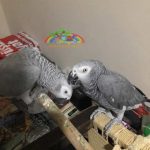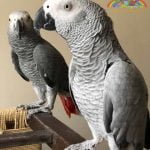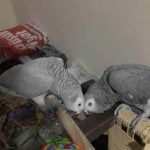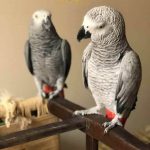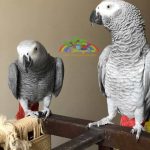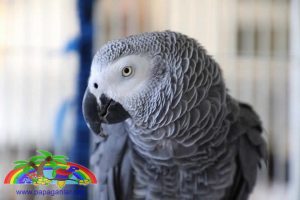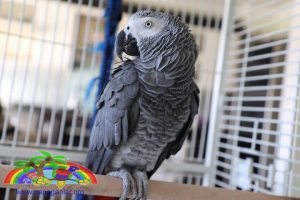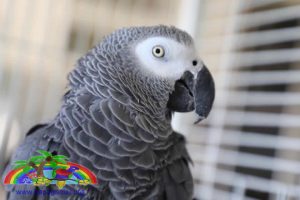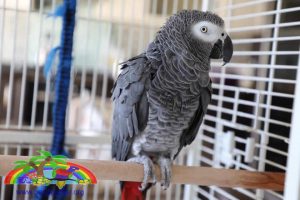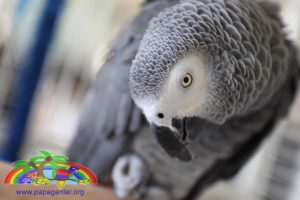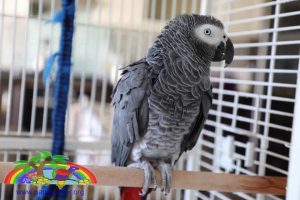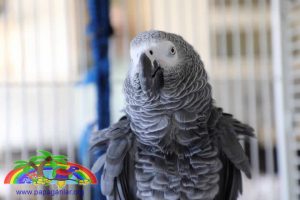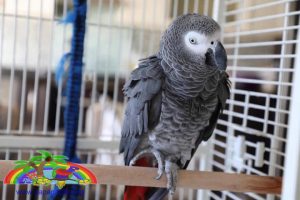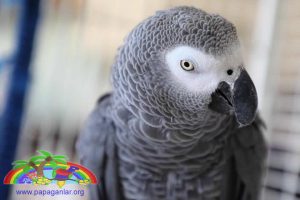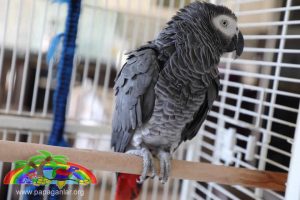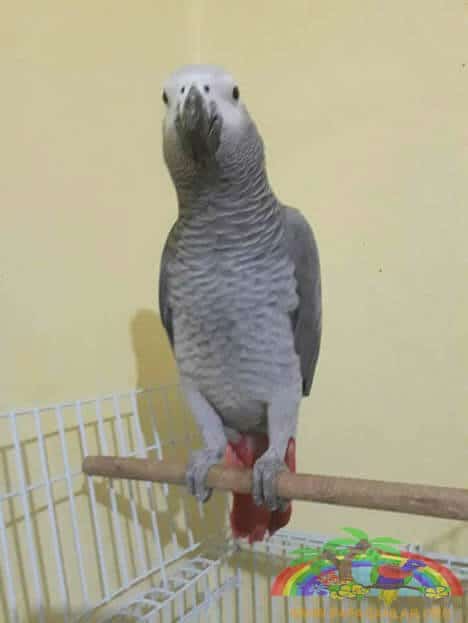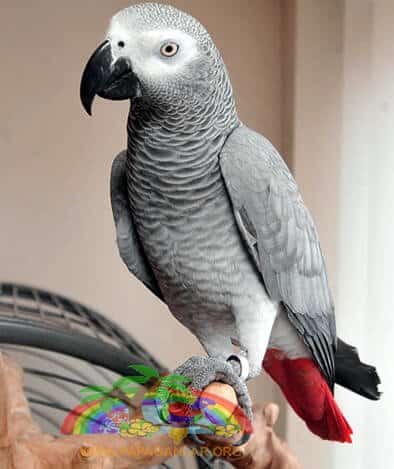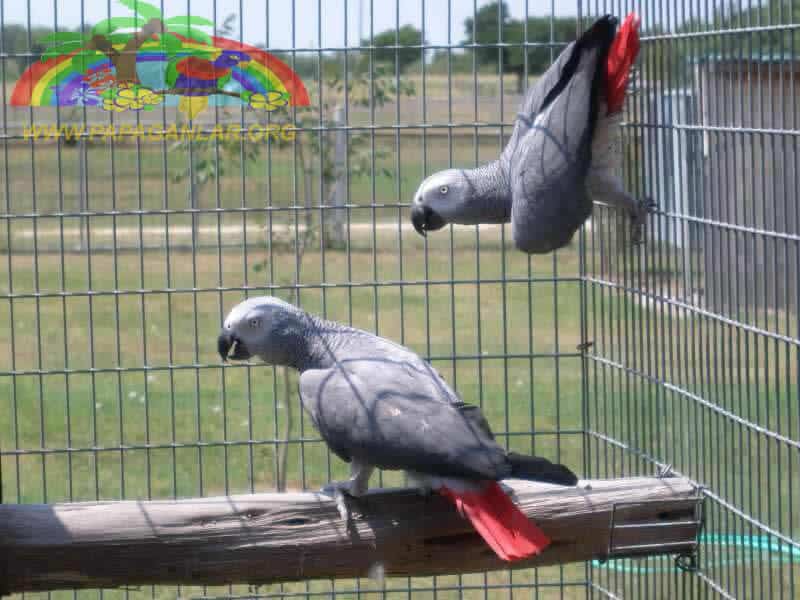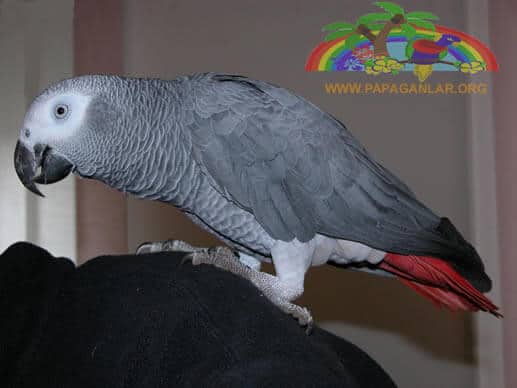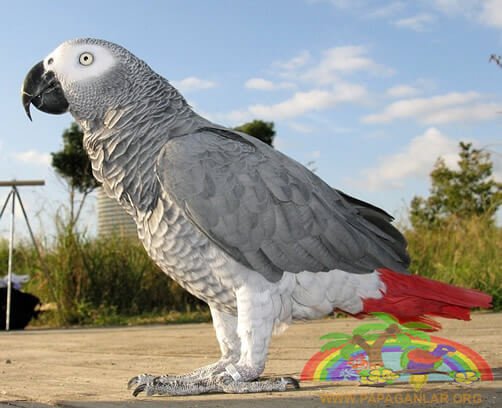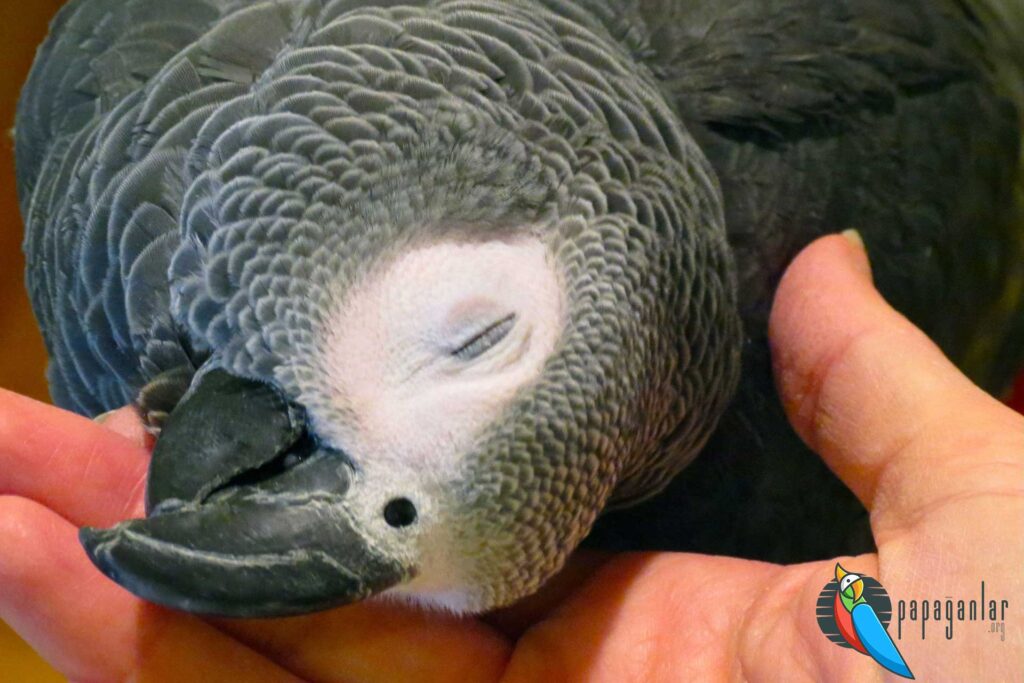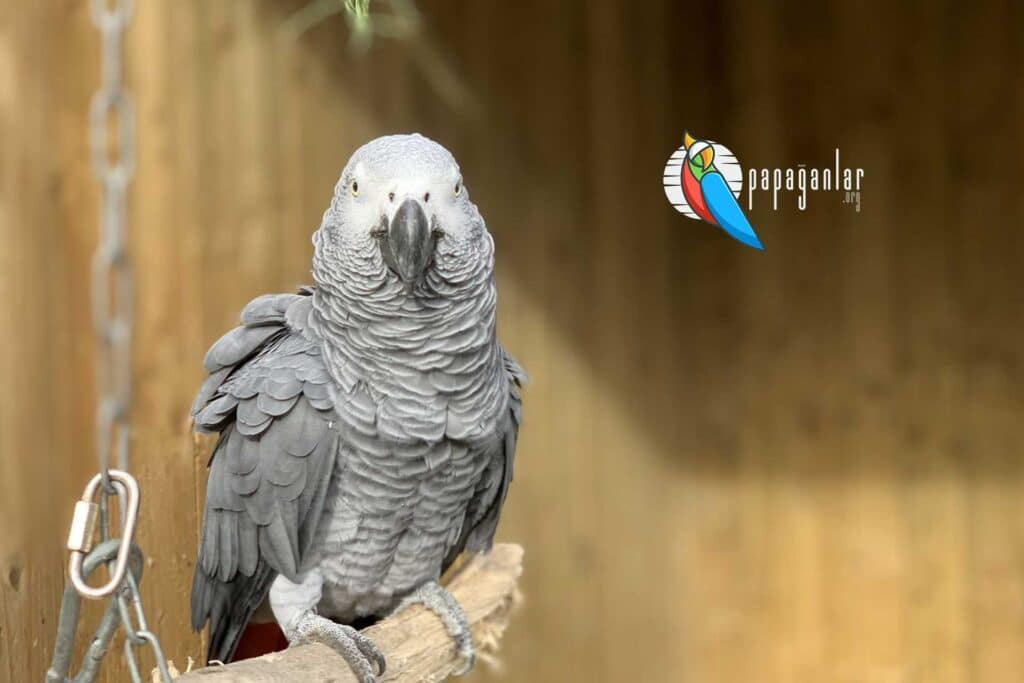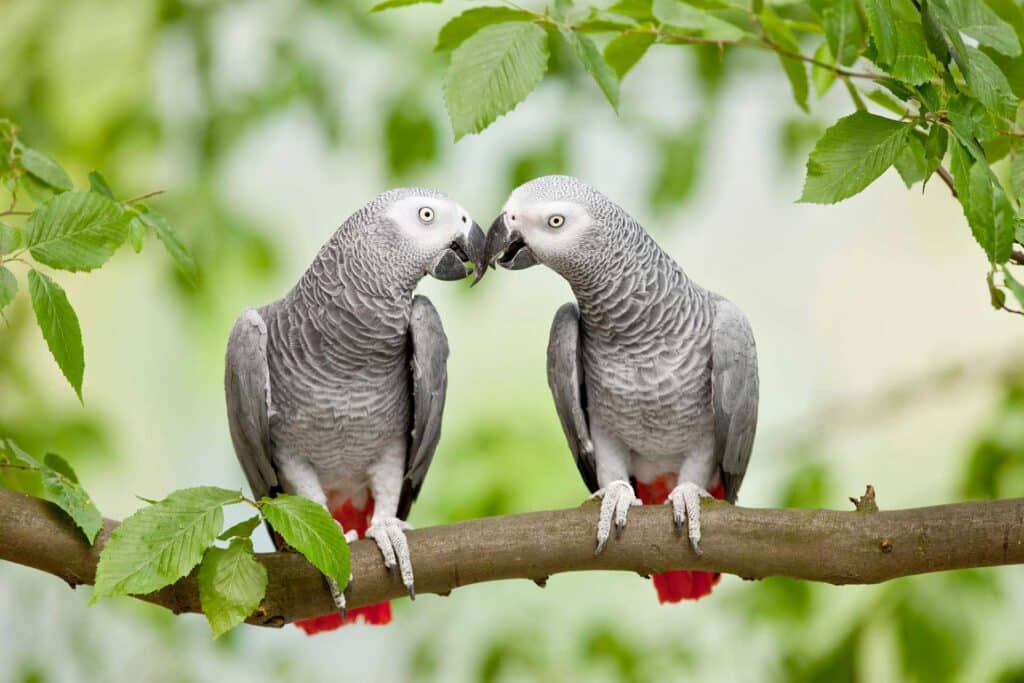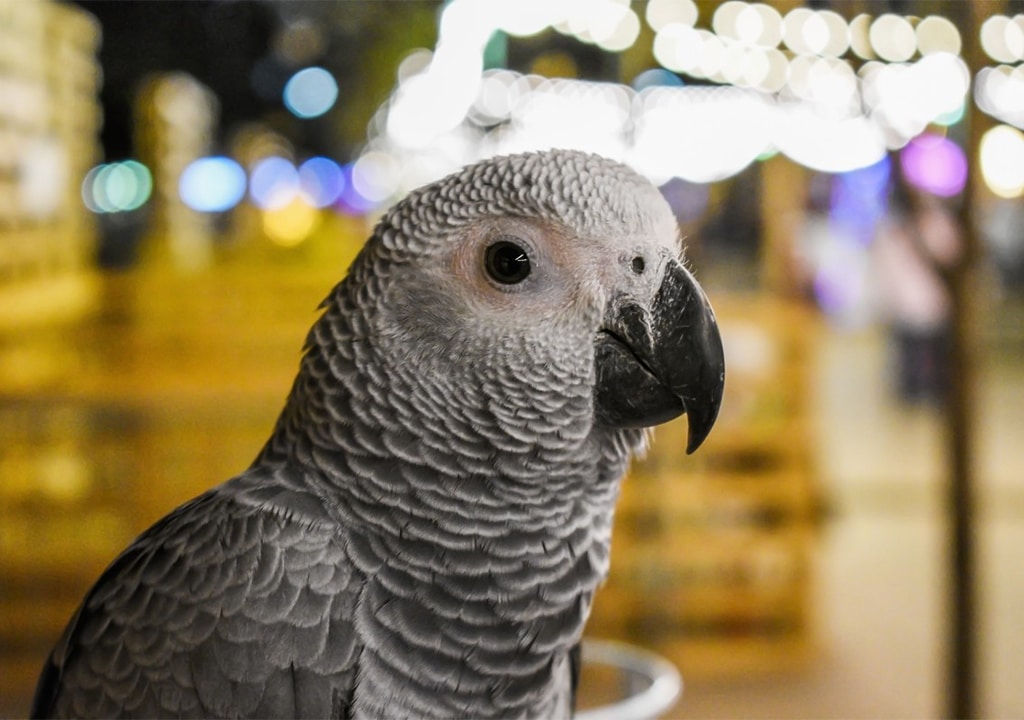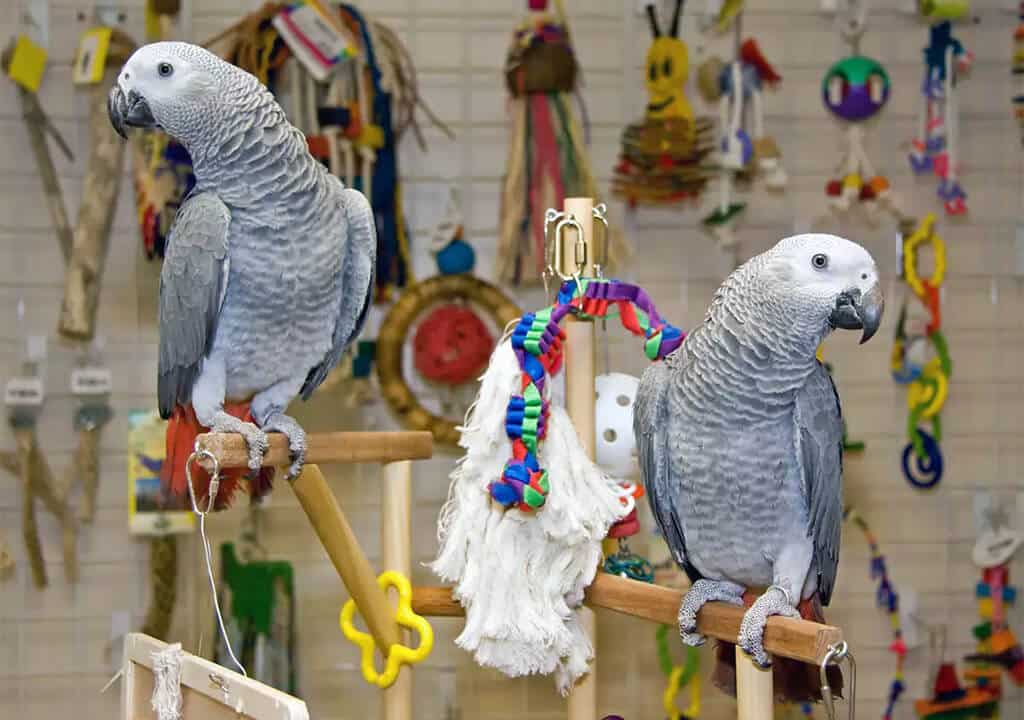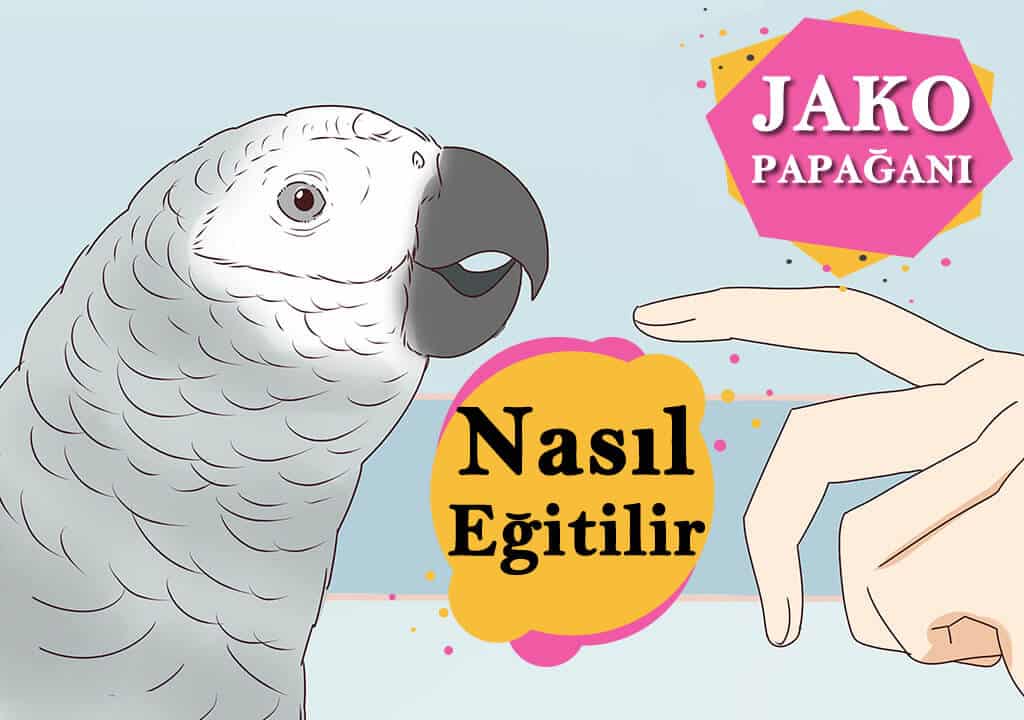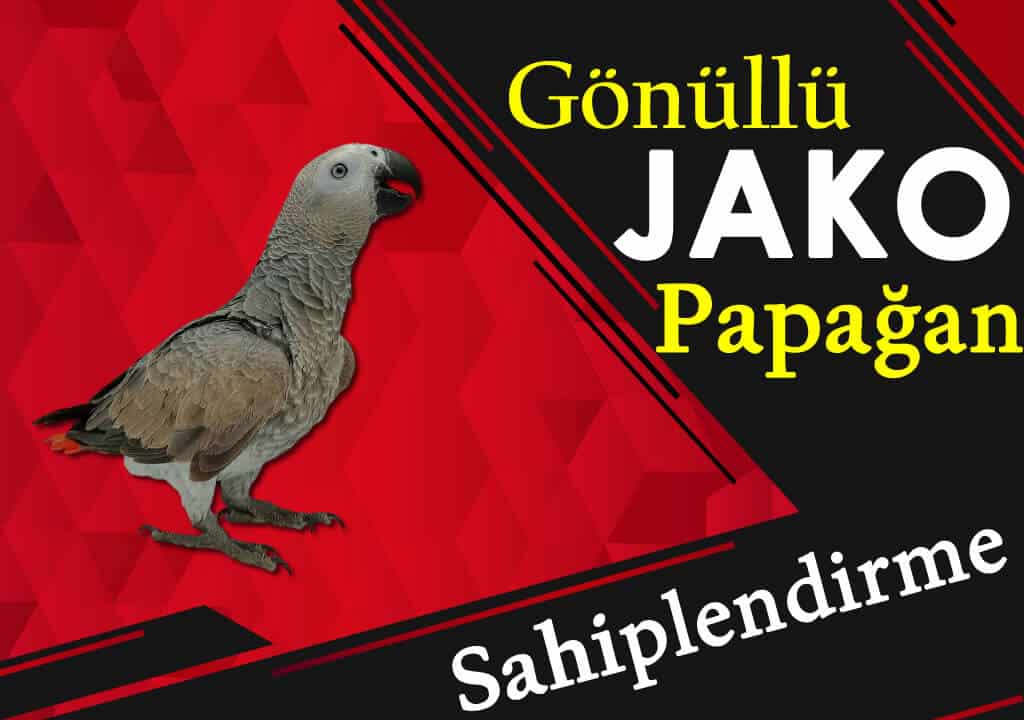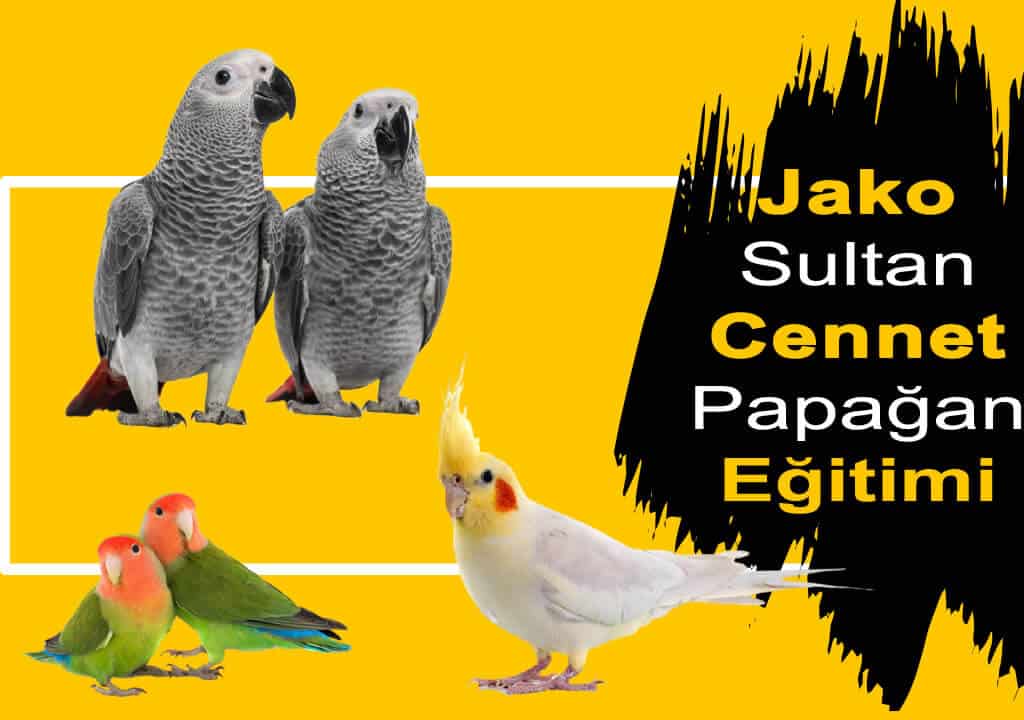Blog
African Gray Parrot – Congo

Congo Jako Parrot & Congo Jako
(Psittacus erichatus erithatus)
African Gray parrot; In the parrot group, it has always been among the most preferred ones with its intelligence, speaking abilities and the aspects of using it logically. Although their appearance is simpler than many parrot species, these abilities have always been surprising. Compared to other species, gray parrots are more curious, as well as suspicious and difficult to trust. Because they are more sensitive creatures, many problems that are rare in others are more common in grays. The first of these is the fearful dream of the parrot owner. But today, without touching on this subject, we would like to go superficially and talk about the 3 species of gray parrots and their differences.
Congo Jaco Parrot Characteristics
Gray Parrots; With their common and well-known names, jakos are known as 3 species.
1-Species: The most well-known and preferred by everyone is the Congo Jacos, which is called the dominant form. (Psittacus erihacus erithacus). Its dimensions are 32 – 35 cm (it is sometimes possible to see the 38 cm ones regionally). Their weight is on average 400 – 490 grams.
2-Species: It gets this name because it comes from the islands of Ghana or Principes (Psittacus Erithacus Princeps). These are Jakos, which are not very different from the Congo in appearance, but differ in regional tone differences (such as being darker) and smaller in size (31 cm average and 350 – 450 grams). When many people buy Congo, it’s actually 2. She doesn’t even realize that she has the species Ghana … However, when she comes together with a Congo by chance, this is noticed. Because when Ghanas and Congos stand side by side, they look more delicate and petite compared to them.
3- Species: (Psittacus erihacus timneh) Jakos. Its dimensions are 30 cm. Timnehs weighing between 290 – 350 grams are darker gray than Congolese. The wing tops are in a light brown color. In addition, the beak colors (above the beak) are in bone beige tone. The tails, which are red in Congos, are rust-colored and in a burgundy hue. For this reason, they are also called burgundy tails among the people. Compared to the magnificence of the Congolese, timnehs attract attention with their much more petite size.
The Difference Between Jako Congo and Timneh
If we examine the species among themselves; There isn’t much to say as the Congo and Ghanas already look alike. However, even though it is jaco, unfortunately, timnehs are misdiagnosed by many people due to the color differences mentioned.
Congo Jako Parrot Prices & jako congo for sale
We have entered the year 2020, now the prices of jaco-congo are the price that should be between 1500$ – 2500$ for adult prices. According to a parrot lover friend who reached us from our social media account for this price, there is no one in the market who gives a jaco parrot less than 6000$ in the market. We do not aim to deceive people by giving the wrong price here, but in our opinion, the cost of a Jaco parrot is between 1500$ – 2500$.
These intelligent parrots, also known as the red-tailed congo jaco, have a very high population in our country. It is an African parrot that is in the standards of a large parrot. Parrot smugglers, whose homeland is Cameroon, is a parrot breed.
In general, like all parrots, grays nest in dead or old treetops, in deep hollows, in branch cavities. They do not carry materials to the nest, because the wood chips filled in the nest they deepen by gnawing with their beaks act as necessary nesting material. During spawning – mating seasons, pairs stay in a far corner from the herd and usually only one pair nests on each tree. Only in Prîncipe, 2 pairs nest in a tree, and in Ghana, there are three nesting holes in a tree.
Jako Congo Parrot
Another feature of the rest is that they are monogamous, that is, they prefer to stay together with their chosen partner until they die.
Males do not take an active role at the beginning of spawning, and then they help in feeding and care of the young.
According to Robiller, the main spawning periods vary between May and December, depending on the regions and the arrival of rains. Breeding occurs between November and April in West Africa, Principe and Gabun. In East Africa, spawning occurs in May – June. In Zaire, they enter the spawning period in May – December. This difference, of course, is due to the climatic changes in the regions where they are located.
Although their nests are not very large, they lay between 3 and 5 eggs in a period.




